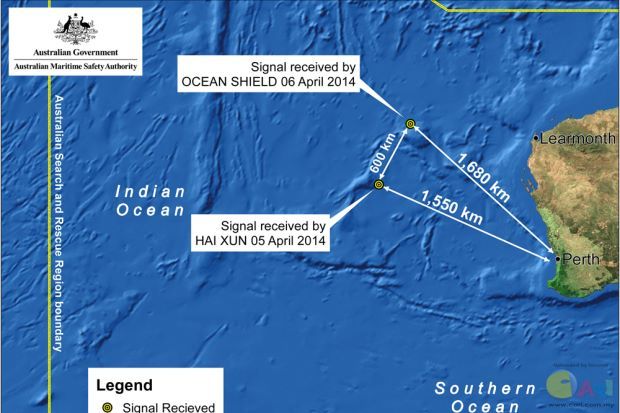 PERTH: Joint Agency Coordinating Centre (JACC) chief Angus Houston described two new signals detected on Monday as the "most promising lead" so far in the search for MH370. Houston said the team now had an underwater search area which was narrowly focused and that the signals had left them "encouraged that we are very close to where we need to be". "The towed pinger locator deployed from the Australian defence vessel Ocean Shield has detected signals consistent with those emitted from aircraft black boxes," the former Australian defence chief who is leading the search coordination body said, though he emphasised that further confirmation was needed. "We have not found the aircraft yet, we need further confirmation," he said of the Boeing 777 which vanished on March 8 with 239 people on board. "It could take some days before information is available to establish whether these detections can be confirmed as being form MH370," he added. "In very deep oceanic water nothing happens fast." In total up to nine military planes, three civil planes and 14 ships were taking part in Monday's search operation. The search area was expected to be approximately 234,000 square kilometres on Monday. Good weather is predicted throughout the day in a region of the Indian Ocean around 2,000 kilometres (1,250 miles) northwest of Perth. The Star
|
ADVERTISEMENT